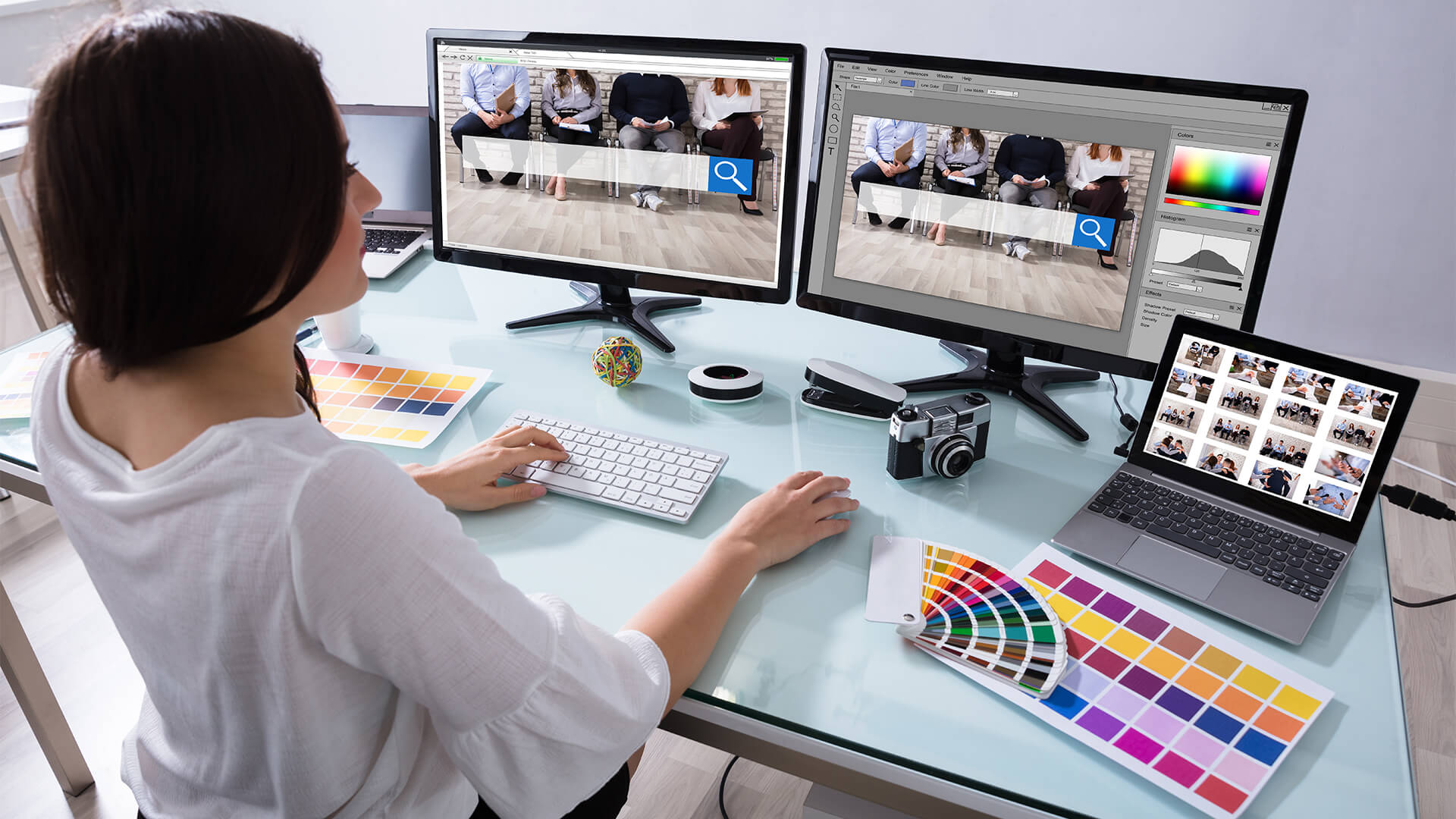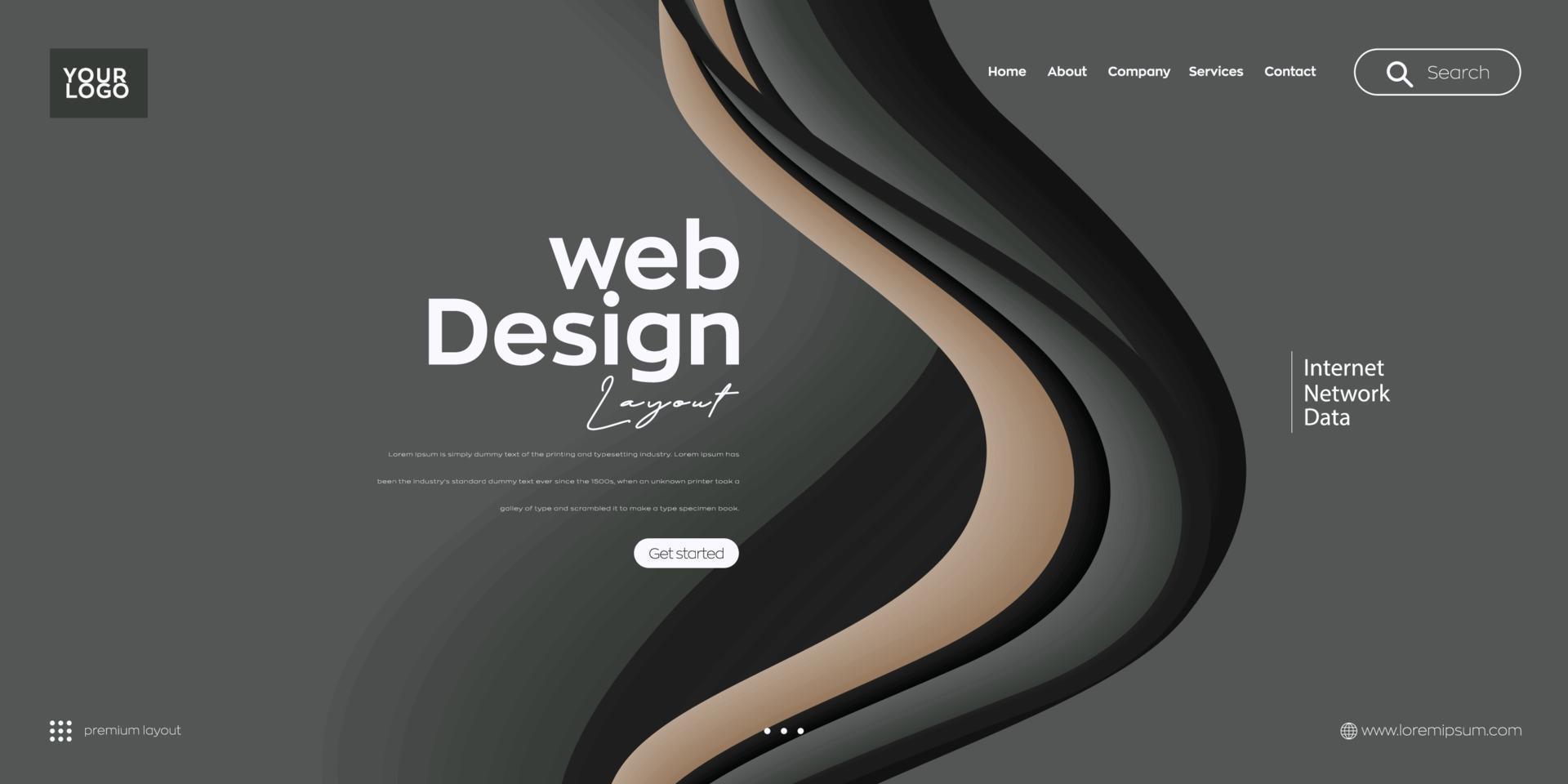Aligned Position Web Design: Your One-Stop Solution for Innovative Website Design and Development
Aligned Position Web Design: Your One-Stop Solution for Innovative Website Design and Development
Blog Article
The Very Best Sorts Of Web Style to Enhance Customer Experience and Interaction
In the ever-evolving landscape of digital communication, the effectiveness of website design significantly influences customer experience and engagement. Numerous style methods, such as minimal, receptive, and interactive layouts, each deal special benefits that can accommodate diverse user needs. Comprehending which kinds of website design best offer these purposes can be essential for businesses intending to improve client complete satisfaction and retention. The inquiry remains: which layout elements absolutely resonate with customers and foster meaningful involvement? The exploration of these principles discloses critical insights that might redefine your approach to website design.
Minimalist Website Design
As electronic landscapes end up being increasingly chaotic, minimal Web layout has become a powerful technique to boosting user experience. This layout philosophy focuses on simplicity, concentrating on crucial aspects while removing unneeded interruptions. By using adequate white area, uncomplicated navigation, and a minimal color scheme, minimalist design cultivates clearness and guides customer interest to key content.
The core concept of minimalist Web layout is to develop a smooth interaction for individuals. By lowering cognitive load, customers can promptly comprehend information without really feeling overwhelmed. This straight approach not only improves use yet also urges interaction, as site visitors are more probable to explore a site that is visually enticing and easy to browse.
Additionally, minimalist design typically emphasizes typography and imagery, utilizing these elements tactically to convey messages efficiently. In essence, minimalist Web design is not just a pattern; it is a thoughtful method that identifies the importance of user-centered style.
Responsive Website Design
In today's varied digital atmosphere, responsive Web design has actually ended up being important for producing a seamless user experience across a wide range of devices. As users accessibility sites on smartphones, desktops, tablets, and laptop computers, the capacity of a site to adjust its layout and material to different display dimensions and resolutions is important.
Responsive Web style uses versatile grids, photos, and CSS media queries to ensure that Web content exists ideally, regardless of the gadget used. This approach not only improves the visual appeal of a web site but also considerably enhances usability. Customers are most likely to engage with a site that offers a regular experience, as it removes the aggravation of having to focus or scroll excessively.
In addition, search engines, consisting of Google, prioritize mobile-friendly web sites in search positions. By embracing receptive style, organizations can improve their exposure and get to a wider audience. This approach likewise simplifies website upkeep, as a single version of the site can accommodate all devices, minimizing the need for numerous versions. In summary, responsive website design is a fundamental technique that boosts customer experience, interaction, and total satisfaction.
Interactive Web Layout
Receptive Web layout prepares for improving customer experience, however interactive website design takes this an action additionally by involving customers in a more vibrant means - Aligned Position Web Design. By including elements such as animations, clickable models, and real-time responses, interactive Web design astounds customers, drawing them right into a richer browsing experience
This method not only promotes interaction but likewise motivates customers to discover content proactively instead of passively eating it. Methods such as gamification, where individuals earn rewards for finishing jobs, can considerably improve the time invested in a site and improve overall complete satisfaction. Interactive attributes can simplify complex information, making it much more satisfying and digestible.

Including interactive style components can likewise lead to greater you can look here conversion rates, as users are more most likely to engage with a site that proactively entails them. Aligned Position Web Design. Eventually, interactive Web style transforms customer experiences into memorable journeys, making sure that visitors return time after time
Flat Style
Identified by its minimalistic approach, level style emphasizes simplicity and functionality, removing unnecessary elements and concentrating on necessary attributes. This style viewpoint focuses on usability, ensuring that individuals can browse user interfaces effortlessly and effectiveness. By employing a tidy visual, flat style removes the mess commonly located in a lot more elaborate designs, thus improving individual concentrate on content and performance.
The hallmark of flat style lies in its usage of vibrant shades, straightforward typography, and geometric shapes. These aspects add to a visually appealing interface that is both modern-day and friendly. Furthermore, level style fosters a sense of clarity, enabling individuals to determine necessary actions and details without diversion.
Furthermore, flat style is especially efficient in receptive Web layout, as its simplicity translates well throughout various tools and display dimensions. The lack of detailed textures and slopes lessens visit site loading times, which is essential for keeping user interaction. As digital landscapes proceed to develop, level design stays an appropriate choice for developing user-friendly websites that enhance total experience. By concentrating on necessary features, flat design not just meets customer demands yet also encourages smooth communication, making it a vital part of efficient website design techniques.
Adaptive Web Design
Adaptive website design tailors the user discover here experience by creating several taken care of formats customized to various display sizes and gadgets. Unlike receptive layout, which fluidly readjusts a solitary design, flexible design employs distinct layouts for particular breakpoints, making certain optimum discussion on numerous systems. This approach permits developers to concentrate on the one-of-a-kind characteristics of each device, boosting use by supplying specifically what customers require based upon their context.
One of the main benefits of flexible website design is its capability to enhance tons times and performance. By serving tailored web content and photos that fit the customer's gadget, web sites can reduce data usage and boost loading rates. This is especially helpful for customers with slower connections or limited information strategies.

Furthermore, adaptive style assists in an extra regulated and constant branding experience. Considering that developers develop several formats, they can make sure that the aesthetic elements line up with the brand name's identity across different platforms - Aligned Position Web Design. This causes a natural individual experience, boosting interaction and promoting customer retention
Final Thought
Minimal style fosters clarity and focus, while receptive layout makes sure versatility across various devices, advertising access. Jointly, these design approaches add to the development of easy to use environments that not just boost fulfillment however also drive greater conversion prices, underscoring their critical importance in modern Web layout methods.

Minimalist design promotes quality and emphasis, while receptive layout ensures adaptability across various devices, promoting availability. Jointly, these style comes close to add to the development of easy to use atmospheres that not just enhance fulfillment however likewise drive greater conversion rates, highlighting their vital value in contemporary Web design approaches.
Report this page